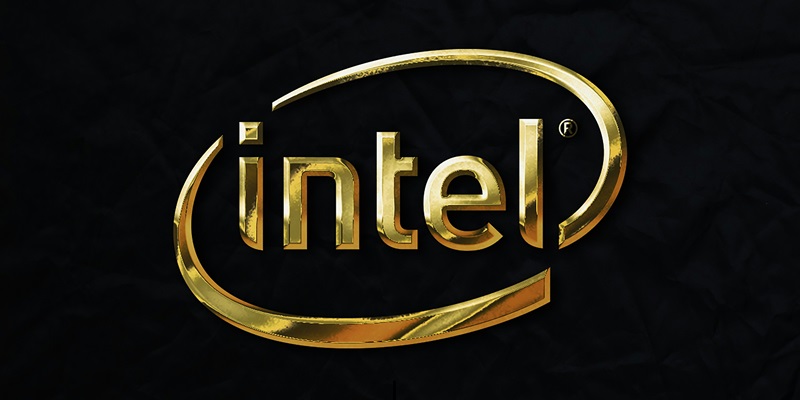The forthcoming launch of Intel’s Lunar Lake and Arrow Lake processors is poised to significantly alter the landscape of computing hardware. These highly anticipated chips are slated for release between mid and late September 2024, just before the Intel Innovation event scheduled for September 24 and 25, 2024. In tandem, reports suggest that the Core Ultra 200K ‘Arrow Lake-S’ chips and Z890 motherboards will arrive a month later, with non-K versions expected to debut in early 2025 alongside B860 and H810 motherboards during CES 2025. Over the past decade, Intel has been a pivotal player in pushing the boundaries of processor technology, and the upcoming releases could present a new benchmark in AI-enhanced PCs.
Intel CEO Pat Gelsinger has confirmed that the Lunar Lake series will make its debut at the end of 2024, and promises are high for AI-enhanced PCs by the holiday season. This move comes in the midst of fierce competition, with AMD’s Strix Point and Ryzen 9000 CPUs, and Nvidia’s impending next-generation GeForce graphics cards worming their way into the spotlight. The race for supremacy in computing technology is undeniably grueling, but Intel’s new offerings could potentially set them apart. Central to these new processors are significant enhancements in AI capabilities, which Intel asserts will outshine current competitors by a considerable margin.
Intel’s Technological Claims and Market Position
Intel is unequivocal about the capabilities of its new Lunar Lake chips, particularly highlighting their expected superiority over Qualcomm’s Snapdragon X Elite chips currently available for AI PCs. According to Intel, Lunar Lake will boast 1.4 times faster AI performance while consuming 20% less power compared to its Snapdragon counterparts. These figures, if achieved, would signify a substantial leap forward in both performance and energy efficiency. Intel believes such advancements will secure its position at the forefront of AI PC innovation, an area where rivals like Qualcomm have already made noteworthy strides. Intel’s Neural Processing Unit (NPU) is targeting 45 Trillion Operations Per Second (TOPS), while its Graphics Processing Unit (GPU) aims for 60 TOPS, indicating a robust capacity for AI-driven tasks.
The competitive landscape is buzzing with advancements in AI integration within computing hardware. Qualcomm has already set a high bar with the release of Snapdragon X Elite chips. Hence, Intel’s claims of superior performance metrics not only bolster their market stance but also catalyze further innovation and development. Industry analysts are eagerly watching to see whether these bold assertions will translate into real-world performance gains. The projected enhancements underscore Intel’s ambition to redefine what AI-enhanced PCs can achieve, potentially ushering in a new era of innovation that could shake up market dynamics significantly.
Competitive Environment and Innovation Race
Intel’s aggressive timeline for the Lunar Lake and Arrow Lake launches clearly indicates their intent to reclaim or maintain their market leadership amidst fierce competition. The impending release of AMD’s Strix Point and Ryzen 9000 CPUs and Nvidia’s next-gen GeForce graphics cards is setting the stage for a showdown among the industry’s heavyweights. Each company brings its own strengths and advancements to the table, but Intel’s focus on AI-enhanced functionalities could be a distinguishing factor. If the Lunar Lake and Arrow Lake chips deliver on their promises, they could set Intel apart in a rapidly evolving market.
The anticipated market shakeup is further fueled by significant technological advancements across the board. As companies like AMD and Nvidia continue to roll out cutting-edge products, the bar for performance and innovation is continually being raised. Intel’s confidence in surpassing Qualcomm’s performance metrics conveys their competitive spirit and dedication to pushing technological limits. However, Qualcomm’s existing balance of performance and battery life in their Snapdragon series remains a formidable benchmark.
Future of AI-Enhanced Computing
The upcoming launch of Intel’s Lunar Lake and Arrow Lake processors is expected to dramatically reshape the computing hardware landscape. These eagerly awaited chips are set for release between mid and late September 2024, just ahead of the Intel Innovation event on September 24 and 25, 2024. Additionally, reports indicate that the Core Ultra 200K ‘Arrow Lake-S’ chips and Z890 motherboards will follow about a month later, with the non-K versions debuting in early 2025 along with B860 and H810 motherboards during CES 2025. Over the past ten years, Intel has played a crucial role in advancing processor technology, and these new releases could establish a new standard for AI-enhanced PCs.
Intel CEO Pat Gelsinger has confirmed that the Lunar Lake series will be introduced at the end of 2024, aiming for AI-enhanced PCs by the holiday season. This launch coincides with stiff competition from AMD’s Strix Point and Ryzen 9000 CPUs and Nvidia’s forthcoming next-gen GeForce graphics cards. In this fierce race for dominance in computing technology, Intel’s new processors could stand out. These processors feature substantial advancements in AI capabilities, which Intel claims will far surpass those of current rivals.

